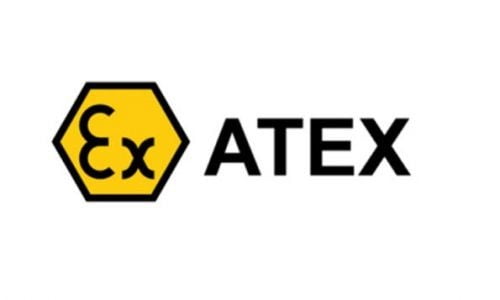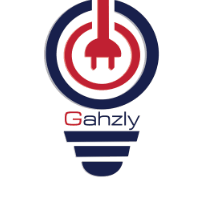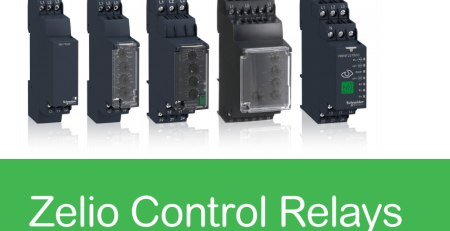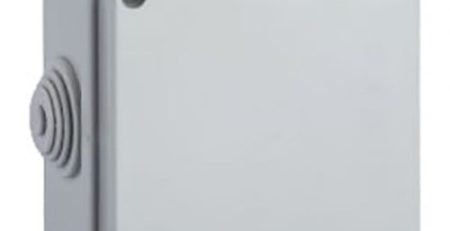Explosive Work Environments Tools 1
Explosive Work Environments Tools

Purchasing tools with the right certification will keep your workers safe and save your organization time and money.

One of the most important safety concerns to solve for offshore platforms, refineries, mines, and other industries are explosion risks. These can be caused by gas, dust and, liquids, so choosing the right tool that eliminates the risk of explosion is vital.
All HSSE managers must look for the set of tools that deliver the right mix of performance, cost-effectiveness, and above all, safety.
Explosive Environments
There are certifications and guidelines for explosive environments that companies must follow to operate. The US has the Underwriters Laboratories classification of Hazard Locations (UL Classes and Divisions for Ignitable Substances), and Europe has the ATEX (Atmosphere Explosive) Directives and Classifications.
Generally speaking, European regulations are far more developed than US regulations. Such is the case for mechanical risk ignitions, which ATEX has classified for more than 15 years, while in the US, there are still no regulations. In most cases, when a US classification is not available, companies tend to revert to European regulations as they are incredibly strict and provide useful guidelines on safety for these cases.
What Makes an Environment Explosive?
The main thing to understand is that there are three types of flammable materials to be aware of: dust, gas, and liquid.
There are three levels of severity that are defined as zones, depending on how frequently these materials are present:
- Continuously present at all times or for a long time
- Likely to be present during normal operation
- Unlikely to be present, but if it happens, it will be for a short time
How ATEX classifies explosive environments:
- Zone 0 – Gases and Vapors. Defined as an area in which explosive gases or vapors are continuously present or present during long periods of time (e.g., inside of a completely enclosed oil storage tank. When that tank is opened, it immediately becomes Zone 1).
- Zone 1 – Gases and Vapors. Defined as an area in which explosive gases or vapors are present during normal operation of a tool or machine.
- Zone 2 – Gases and Vapors. Defined as an area in which explosive gases or vapors are rarely present, and if they are, it will be for a short time.
- Zone 20 – Dust. Defined as an area in which explosive dust is continuously present or present during long periods of time.
- Zone 21 – Dust. Defined as an area in which explosive dust is present during normal operation of a tool or machine.
- Zone 22 – Dust. Defined as an area in which explosive dust is rarely present, and if it is, it will be for a short time.
 Examples of ATEX Zone 0, 1 and 2 classifications
Examples of ATEX Zone 0, 1 and 2 classifications
How UL classifies explosive environments:
UL classifies explosive environments similarly, although with different nomenclature:
Divisions
- Division 1 – Ignitable concentrations of flammable gases, flammable liquid-produced vapors, or combustible liquid-produced vapors can exist under normal operating conditions.
- Division 2 – Ignitable concentrations of flammable gases, flammable liquid-produced vapors, or combustible liquid-produced vapors are not likely to exist under normal operating conditions.
Class – Materials are divided by type
- Class I – Flammable gases, flammable liquid-produced vapors, and combustible liquid-produced vapors
- Class II – Combustible dusts
- Class III – Ignitable fibers and flyings
In any classification, what HSSE managers should look for is that the tool they use is certified by a third-party authority to be used in any of these environments, commonly referred to as “cold work tools.”
What Are Cold Work Tools?
A cold work tool is a type of tool that does not produce enough energy or temperature to create an ignition. There are two main types of tools, differentiated according to their power source: electrical tools or pneumatic tools.
As one can imagine, electrical tools are prone to ignition.
They have components that are considered “hot” and will create enough energy, temperature and hot sparks—which can burn at over 3,600°F by the time they travel 15 ft—that will ignite hydrocarbons in the environment. Electrical tools are forbidden to use in explosive environments.
Pneumatic tools, on the contrary, use air as a way to power the tools. However, not all pneumatic tools are safe for use in explosive environments. Many of them do not operate within safe parameters for use in such areas.
A certified cold work tool is a pneumatic tool that is modified to make it a non-sparking tool, allowing it to be used safely in explosive environments. The design modification involves rotational speed adjustments and patented materials. A certified cold work tool creates neither the energy nor the temperature to create an ignition. These tools are then tested both in house and by independent laboratories as well as certifying agencies, such as DNV-GL, ensuring they comply with international standards and are deemed safe for use in potentially explosive atmospheres.
A certified cold work tool is the ideal companion for grinding, surface preparation and cutting projects in explosive environments. They can be found by searching for the DNV-GL certification, such as non-sparking tools provided by some manufacturers.
Day-to-Day Operations that Cause Explosion Hazards
Imagine an offshore platform, surrounded by natural gas, thousands of miles away from land, 100 ft above the roaring sea. Many of the tasks done here are defined by OSHA (Occupational Safety and Health Administration), as “hot work in a classified environment.” Some examples are:
- Welding
- Surface preparation for welding
- Grinding and cutting
- Brazing
- Soldering
- Thawing pipes
There are more hot work activities done on offshore platforms, in mines and in many other explosive environments. But what they all have in common is that they all pose a major risk for the workers and the location if the right tool is not used.
What Are the Requirements to Authorize a Hot Work Permit?
Due to explosive dust and gases naturally found in explosive environments, hot work activities need to meet certain requirements that are costly and time-consuming. To authorize a hot work activity, one needs:
- Hot work permit
- Firewatch/Fireguards
- Habitats or pressurized welding enclosures
- To possibly purge nitrogen into pipelines
- To stop, or at the very least slow down, production
Use Certified Cold Work Tools for a Cheaper, Safer, and Better Alternative
If the application to be performed is material removal, surface preparation or cutting, there is a better, more affordable way to go about it. The technology has advanced so much that now work can be done in such areas without all the hassles listed above. Simply take the tool out of the box and do the job, simple as that.
Other applications in which certified cold work tools can be used include:
- Drilling
- Pumping
- Fastening/Loosening
- Bolt cutting
Benefits of Using Certified Cold Work Tools
- No need for hot work permit – Certified as cold work equipment
- No need for time-consuming risk evaluation – No risk as it is cold and safe work
- Avoids postponements – As the tool can be used safely, jobs do not have to be postponed
- No need for habitat – No chance of igniting gas or damaging nearby equipment
- No need for fireguards – No ignitions
- Avoids production stop/delays – Potential to save a lot of money
Who Certifies that a Tool Is Safe to Use in an Explosive Environment?
Make sure a third-party international standard certifies the tools authorized for use, such as DNV-GL or UL, to name a couple. Most of these certifications are recognized worldwide.
In short, one can save time and money as well as increase the safety of an entire operation by simply making sure that the tools used are certified to be used in explosive environments by a third-party organization.

lighting
We are pleased to have you visit our pages on social networking sites, where we publish exclusive offers on our website.
Facebook page here.
Twitter account is here.











Leave a Reply
You must be logged in to post a comment.